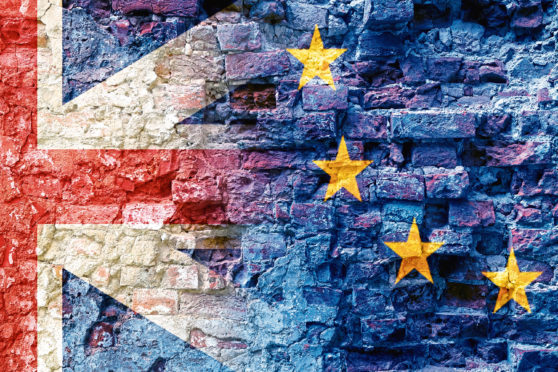This week a Downing Street Communications thumb tweeted a poll showing that while 1.9 million voters had converted from Brexit to Remain, 2.4 million had gone the other way. Robbie Gibb added that talk of a second vote did not help negotiations with Brussels.
From a Brexiteer’s point of view, he’s right. It’s never good to be representing a divided argument. It allows opponents to call your bluff.
From a Remainer’s point of view, he’s also right, and thank God. It’s in the interests of anyone who wants to remain to stress the UK’s hesitation. In a forgiving world, Brussels could use that to stretch the process out, delay the date and wait until we give up from boredom.
Campaigners for a second say in three years’ time Britain will be a pro-EU nation – death will have taken the Brexit majority by 2021. The elderly are changing the world for the worse and the young will have to live in it. Democracy was ever thus, but it’s a kick in the teeth for Remainers.
The coverage of Brexit fixates on the nature of the deal. Yet two years in, it is no clearer. We have spent this time rummaging around in a midden, trying to find something hard enough to polish. This has been a distraction.
Whatever deal is struck, or no deal, it can all be changed in time. If we are in the custom union at first, we can always come out. So too the free travel area. The details, like any international treaty, will be subject to change in changing times.
What is really at stake is membership – once that ends, it’s game over for Remainers. What matters is March 29 2019. After that, the morning on March 30, there’ll be no point agitating for a second vote, or arguing over the terms, or resisting Boris Johnson. At 12.01am on March 30, it’s over.
The human brain has great difficulty with sudden change. We stick to the idea of what we know, and take time to adjust to the new. It’s there in people clinging to wreckage after an accident, as if the torn metal is still a ship or a plane.
This might explain the prevarication over a snap election or a second vote-off. Yet time is the master, and it does not wait for the liberal middle classes to catch up. In 219 days, we are out of the EU. Now is the time to act – though the options are unclear.
If there were to be a second referendum, it would need at least six months to set up.
That’s roughly how long these things take from the parliamentary Act required, the sides to be agreed and the process to be ready.
That would mean Westminster would have to have passed a referendum act by the end of September.
They have 39 days to do it in. The Commons returns on September 4, but then breaks up again on the 13th for party conferences, not resuming until October 9. Which suggests they have nine days to debate and agree a referendum bill.
Alternatively, the Commons could be recalled in an emergency session. That would require a) a sense of emergency and b) Downing Street’s approval.
There is no state of national panic, or sense of threat to justify this, and Downing Street is resistant.
Most Remainers can see that having a second vote before a deal is known is pointless – and would test the patience of an electorate already bored rigid with voting.
That leaves the idea of a referendum after the deal is done.
However, that would require the date of exit to be removed from existing legislation.
There is no point having a vote if we have formally left the EU.
In normal politics, it’s the job of the opposition to force the Commons into voting down the legislation, and therefore removing the deadline. However, times are not normal.
Labour have yet to make their minds up on Brexit, torn between a voter base, which likes the idea of quitting, and the political opportunity of triumphing over the Tories.
The SNP is in the same position. It publicly rejects Brexit but shies from a second vote for fear of what it would do to the Nat voter base with many old SNP votes coming from new Brexit areas.
The shambolic nature of the deal encourages us to focus on Theresa May and her challengers. This is a mistake. We should be focused on the dithering of the opposition and the lack of alternative strategies. Corbyn and Sturgeon need to act quickly before they too carry the blame for Brexit.










